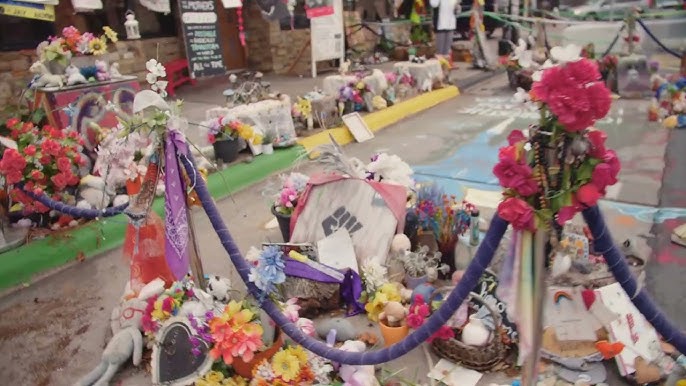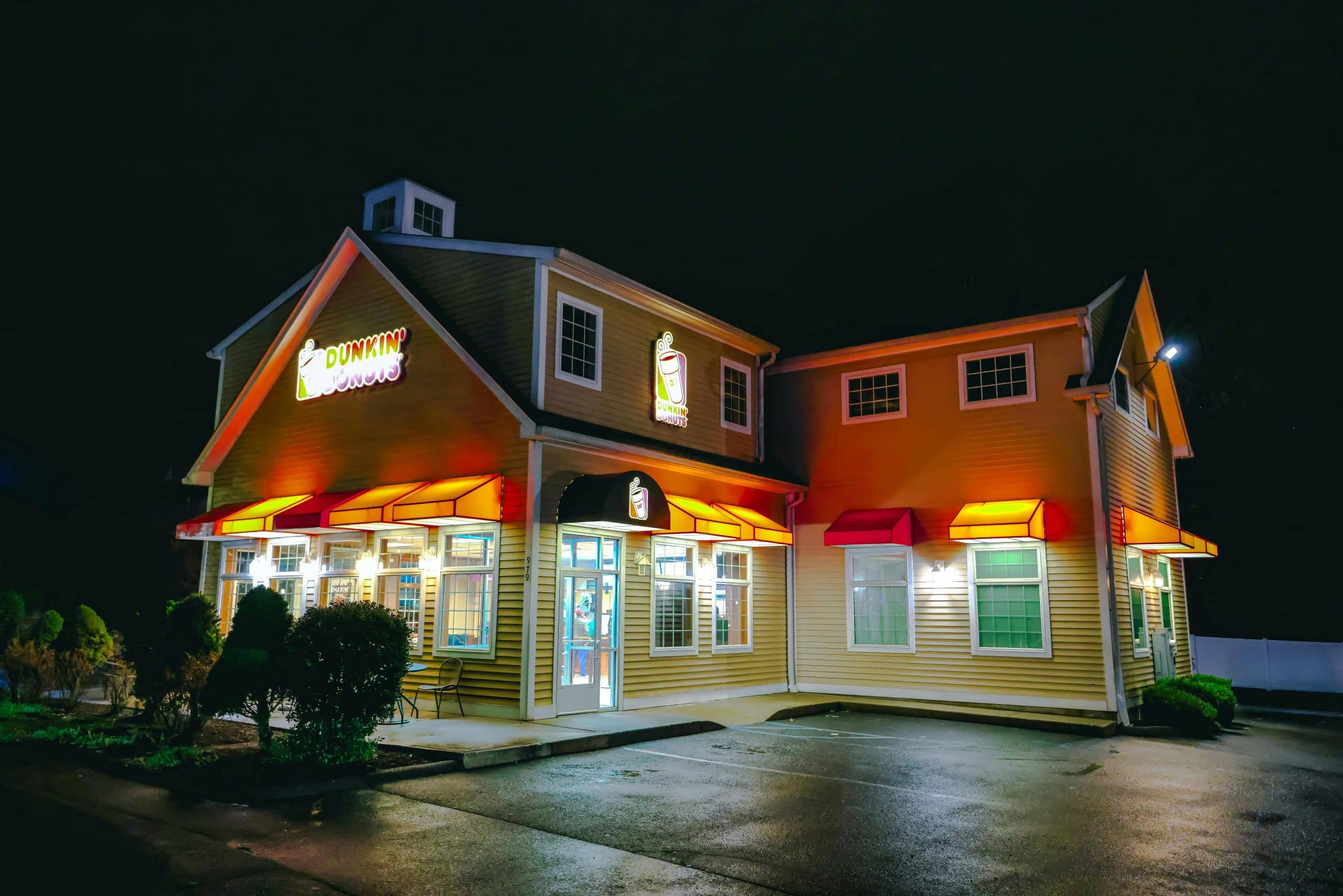Five years after the death of George Floyd sparked an international outcry and ignited a global movement for racial justice, the monuments and murals that once stood in his memory are slowly disappearing. Across cities like Houston and Minneapolis, once vivid tributes have been erased, demolished, or lost in bureaucratic limbo. These spaces served not only as visual symbols but also as community sanctuaries, public acknowledgments of collective pain, and a demand for change. As these tributes fade, questions arise about what remains of the promises, reforms, and reflections that were so loudly declared in the summer of 2020.
Houston Mural Demolished
In George Floyd’s childhood neighbourhood in Houston, a mural depicting Floyd, Sandra Bland, and Breonna Taylor was recently torn down. Created as a bold act of remembrance, the mural has stood since 2020 but suffered damage in a fire last year. Despite efforts to preserve or restore it, the structure was demolished in May 2025, sparking frustration from residents and activists who saw it as a sacred space. Many called its removal a blow to the community’s cultural memory, accusing city leaders of neglecting both the artwork and the broader social issues it represents.
Local historian Naomi Carrier, who helped install a historical marker at the site in 2022, expressed deep concern over the mural’s erasure. For her and others, it was a symbol of endurance in a neighbourhood shaped by struggle. As gentrification reshapes the area, some see the mural’s loss as a troubling sign of deeper displacement. While plans for a new tribute are being discussed, many feel the emotional and symbolic damage has already been done. The demolition has reignited calls for safeguarding black cultural landmarks across the city.
George Floyd Square
In Minneapolis, George Floyd Square remains intact but is caught in the middle of redevelopment debates. Located at the intersection where Floyd was murdered, the site has become a makeshift memorial visited by people from around the world. For many, it is hallowed ground. Yet, as the city moves forward with plans to reopen streets and reconfigure the space, community members are pushing back. They argue that any changes should be community-led and must honor the square’s role as a space of mourning, resistance, and dialogue, not just another patch of urban real estate.
City officials insist that infrastructure updates are necessary and promise that George Floyd’s memory will be preserved. However, critics remain skeptical. The concern is about preserving the square’s meaning. Activists want protections to prevent commercial encroachment and to maintain the site’s grassroots character. George Floyd Square is a living archive of protest and remembrance. Its uncertain future raises broader concerns about how cities treat protest spaces once media attention fades and political winds shift.
Nationwide Retreat
While physical memorials to George Floyd vanish, so too have many of the policy promises made in his name. In the months following his death, institutions from police departments to Fortune 500 companies rolled out initiatives aimed at racial equity and reform. Yet, five years later, many of those efforts have quietly stalled or been abandoned altogether. Political pressure and legal constraints, especially during the Trump administration, have resulted in the rollback of key reforms. These include the curbing of federal oversight in police departments and the dismantling of diversity programs across the public and private sectors.
Activists say that without sustained accountability, George Floyd’s death risks becoming a moment remembered more for its initial impact than for any lasting change. Despite a surge of public support in 2020, legislative efforts like the George Floyd Justice in Policing Act have yet to pass, and police violence remains a persistent problem. Community leaders argue that symbolic gestures mean little without structural change. As the broader movement grapples with fatigue and resistance, the gradual disappearance of Floyd’s memorials only underscores a deeper societal reluctance to confront the roots of systemic racism.
Conclusion
As murals are demolished and memorial spaces debated, George Floyd’s legacy hangs in the balance. The disappearance of these public tributes reflects a troubling retreat from the commitments made in the wake of his murder. If society allows his memory to fade along with these landmarks, it risks turning a historic reckoning into a forgotten moment. Preserving George Floyd’s legacy requires more than flowers and murals; it demands follow-through on the reforms his death once inspired. The question now is whether we are willing to remember: Not just in symbols, but in action.








